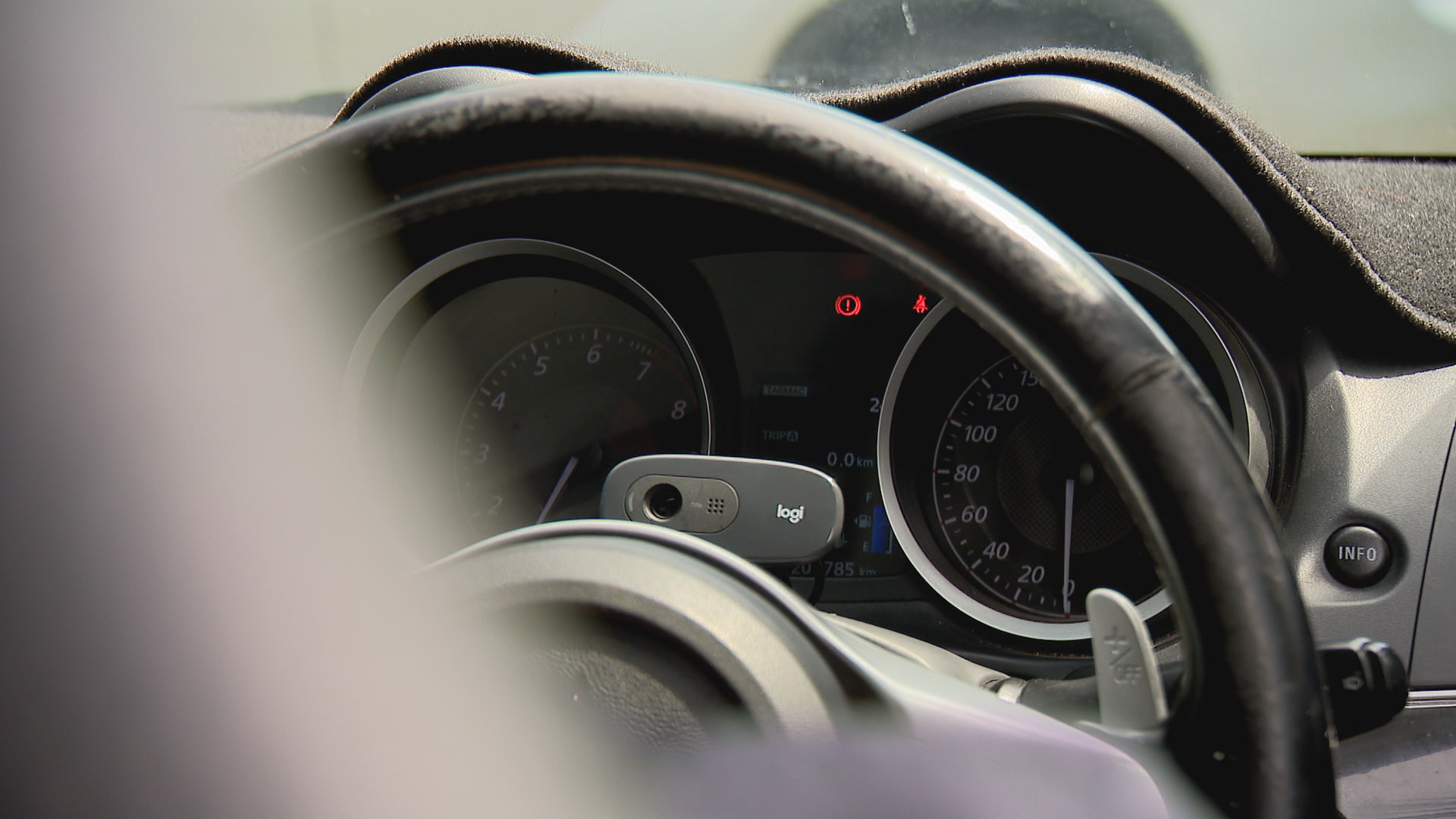
Across Australia, about 50,000 cars are stolen each year – many by home invaders who break in simply to steal car keys.
An Australian inventor says facial recognition technology could be a way to put the brakes on this crime wave.
“This would basically stop opportunistic car thefts dead in its tracks,” the system’s inventor Lorenzo Ernst said.
READ MORE: Teen bitten by snake in holiday hotspot
With one car stolen every 11 minutes across Australia on average, cyber expert Ernst has developed a prototype security system.
He connected a camera in his car to the ignition.
It means that regardless of whether someone has the keys, the engine won’t start unless the vehicle recognises its driver’s face.
“I built this for myself to protect my vehicles, and it works so well that eventually it became a product that I’m aiming to implement on many different vehicles,” Ernst said.
He says multiple faces will be able to be stored on each system, with advanced biometrics uploaded via a mobile phone.
They’ll be capable of recognising people even if they’ve changed their appearance by shaving a beard, for example.
READ MORE: America’s French fry king sounds alarm as fast-food sales dip
“It will always be able to identify the driver if you were to look away, or if you’re wearing a cap, or the sun was a bit bright,” Ernst said.
Facial data would be stored locally and not in the cloud.
“The risk here is if only facial recognition starts the car, you’ll see an increase in carjackings,” Motor Trades Association of Queensland chief executive Rod Camm said.
“Or even worse they’ll drag you out of bed with your keys and make you start the car.”
The device is still in the testing phase but its creator hopes to have it on shelves one day soon.
Until then, the experts say keeping your car safe is all about the basics.
“Your keys can’t be left out,” Camm said.
“Hide them, and put your car in the garage if you can.”
links to content on ABC
9News





